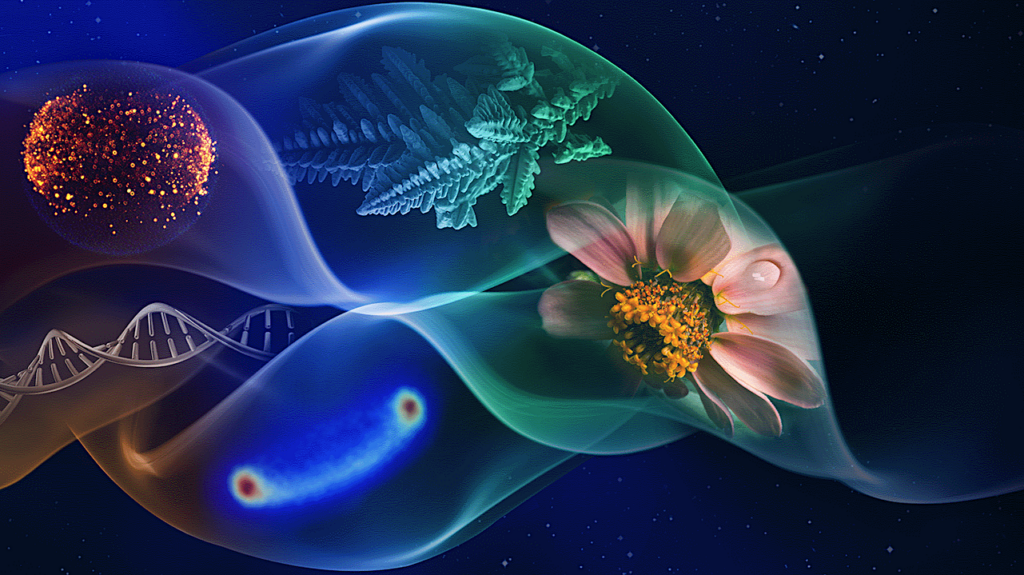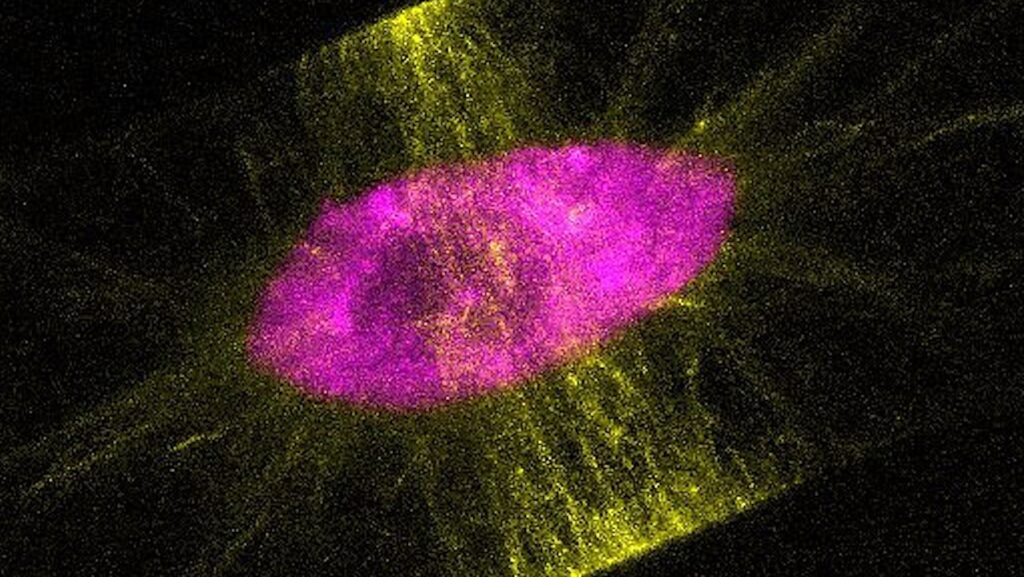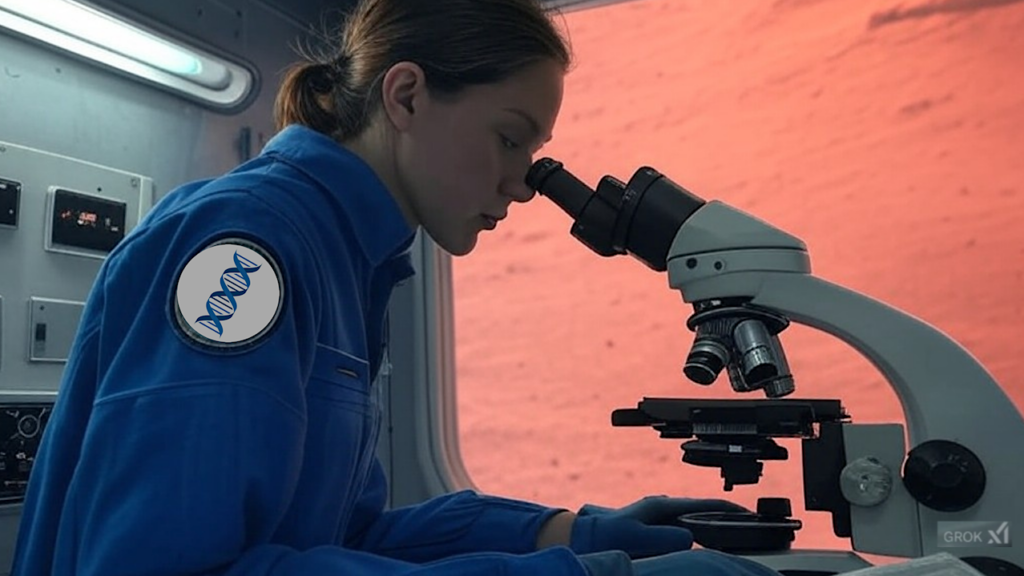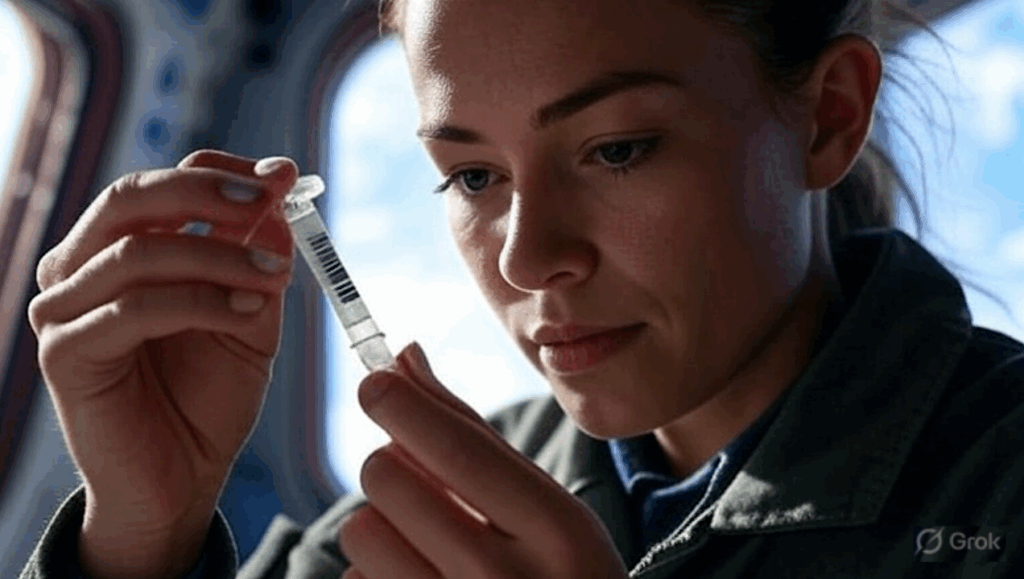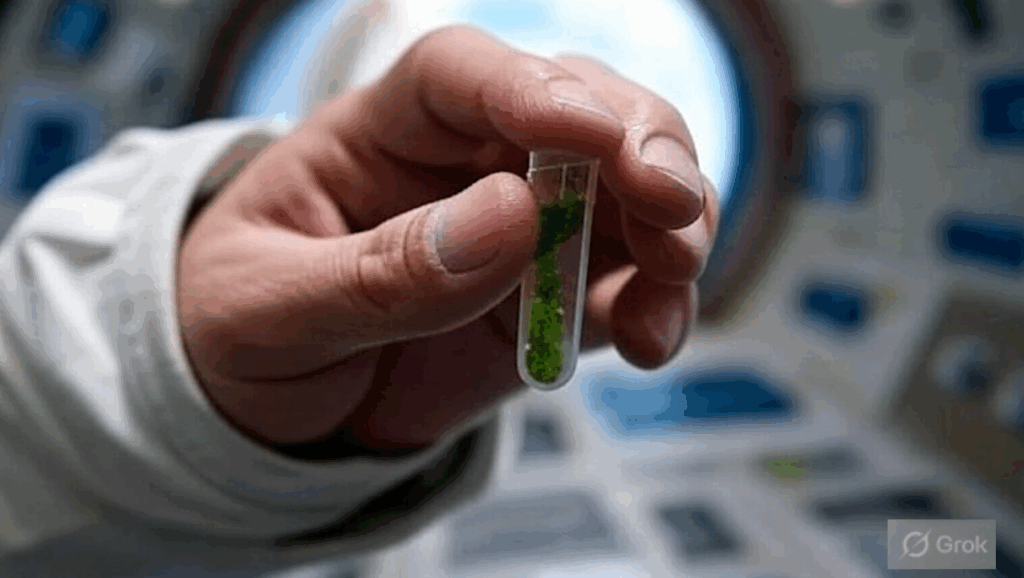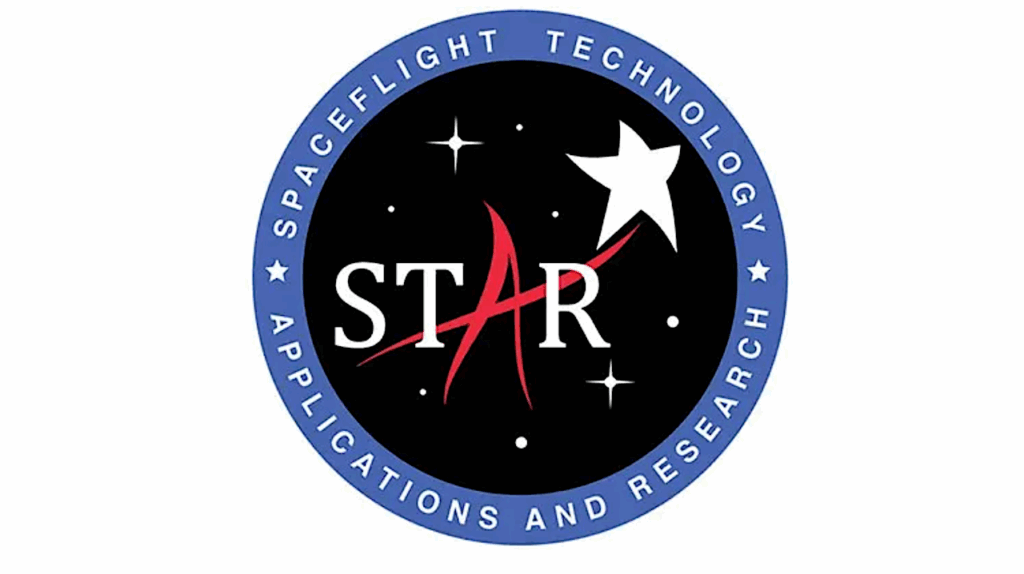NASA Spaceline Current Awareness List #1,085 2 February 2024 (Space Life Science Research Results)
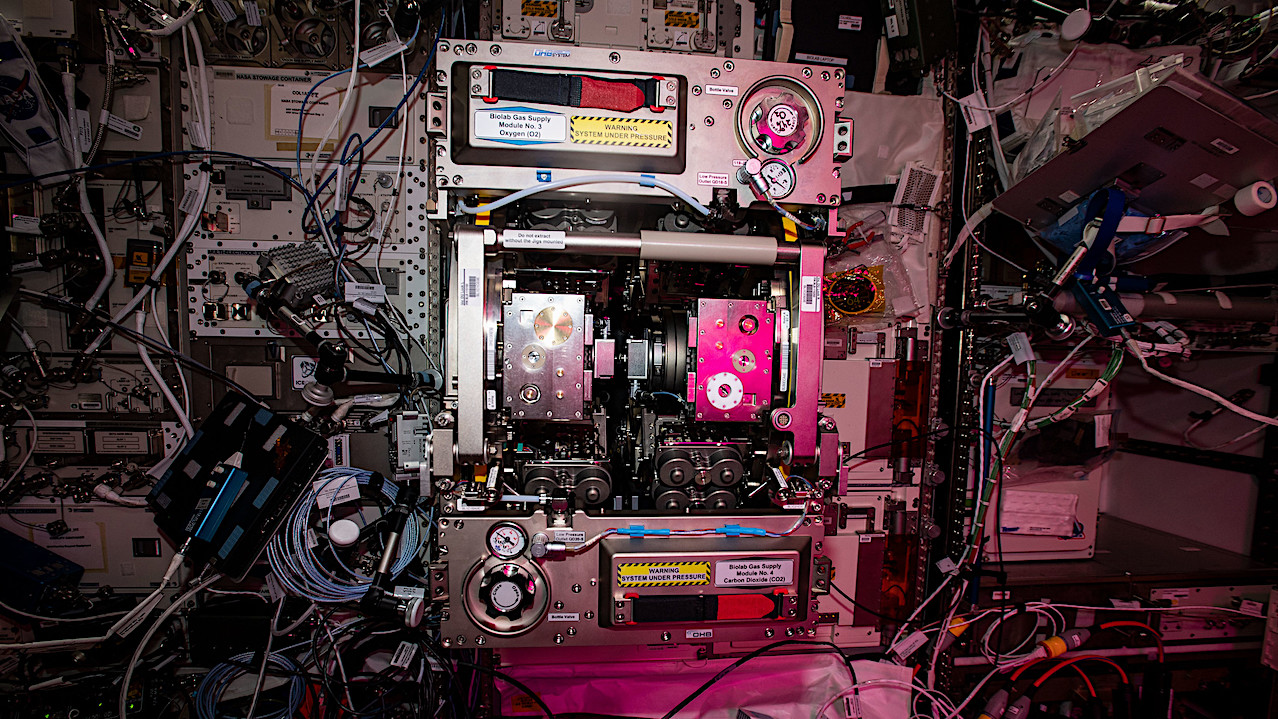
Biolab Larger image — ESA/NASA
Papers deriving from NASA support:
- Allred AR, Weiss H, Clark TK, Stirling L.An augmented reality hand-eye sensorimotor impairment assessment for spaceflight operations.Aerosp Med Hum Perform. 2024 Feb 1;95(2):69-78.PI: L. StirlingNote: From the abstract: “We examined differences in performance during a two-dimensional (2D) hand-eye multidirectional tapping task, implemented in augmented reality in subjects (N = 20) with and without the presence of a vestibular-dominated sensorimotor impairment paradigm: the binaural bipolar application of a pseudorandom galvanic vestibular stimulation (GVS) signal. Metrics associated with both the impairment paradigm and task performance were assessed.”
Journal Impact Factor: 0.889
Funding: “This work was supported by a NASA Space Technology Graduate Research Opportunities Award (AA). The software used for the multidirectional tapping task was developed under NASA Contract 80NSSC20K0409 (Hannah Weiss and Leia Stirling).” - Luitel K, Siteni S, Barron S, Shay JW.Simulated galactic cosmic radiation-induced cancer progression in mice.Life Sci Space Res. 2024 Feb 1. Online ahead of print.PI: J.W. ShayJournal Impact Factor: 3.5
Funding: “This work was supported by NASA Grant NNX15AI21G and NNX16AE08G.” - Berliner AJ, Zezulka S, Hutchinson GA, Bertoldo S, Cockell CS, Arkin AP.Domains of life sciences in spacefaring: What, where, and how to get involved.npj Microgravity. 2024 Jan 29;10(1):12.Note: From the abstract: “The integration of biology and spacefaring has led to the development of three interrelated fields: Astrobiology, Bioastronautics, and Space Bioprocess Engineering. Astrobiology is concerned with the study of the origin, evolution, distribution, and future of life in the universe, while Bioastronautics focuses on the effects of spaceflight on biological systems, including human physiology and psychology. Space Bioprocess Engineering, on the other hand, deals with the design, deployment, and management of biotechnology for human exploration. This paper highlights the unique contributions of each field and outlines opportunities for biologists to engage in these exciting avenues of research.” This article may be obtained online without charge.
Journal Impact Factor: 5.1
Funding: “This work is supported by a grant from the National Aeronautics and Space Administration (NASA), award number NNX17AJ31G.” - Rühm W, Ban N, Chen J, Li C, Dobynde M, Durante M, El-Jaby S, Komiyama T, Ozasa K, Sato T, Semones EJ, Shavers M, Shurshakov V, Straube U, Tomi L, Ulanowski A, Vaillant L, Xu Z, Zervides C, Zhou G.System of radiological protection: Towards a consistent framework on Earth and in space.Z Med Phys. 2024 Jan 23. Online ahead of print.Note: This article is an editorial.
Journal Impact Factor: 2
Funding: “One author (MS) contributed to this study with support from National Aeronautics and Space Administration Contract to KBR: NNI15HK11B. Two authors (VS and MD) contributed to this study as part of the Program for Basic Research of the Russian Academy of Sciences, project no. 65.2.” - Zhang L, Qin C, Chien JH.The sex effect on balance control while standing on vestibular-demanding tasks with/without vestibular simulations: Implication for sensorimotor training for future space missions.Front Physiol. 2024 Jan 8;14:1298672.Note: This article is part of Research Topic “Aerospace Health and Safety: Today and the Future, Volume II” (https://www.frontiersin.org/research-topics/50619/aerospace-health-and-safety-today-and-the-future-volume-ii/overview). Additional articles will be forthcoming and may be found in the link to the Research Topic. This article may be obtained online without charge.
Journal Impact Factor: 4.0
Funding: “The author(s) declare financial support was received for the research, authorship, and/or publication of this article. This study is supported by NASA Nebraska Space Grant Research Mini-Grant Program (NNX15AK50A), United States for JC to perform this pilot study. Also, LZ was supported by Guangxi Natural Science Foundation project (2023GXNSFAA026230) to write the content of this study.” - Pasetes LN, Goel N.Short-term and long-term phenotypic stability of actigraphic sleep metrics involving repeated sleep loss and recovery.J Sleep Res. 2024 Jan 29;e14149. Online ahead of print.PI: N. GoelJournal Impact Factor: 4.4
Funding: “R01DK117488/NH/NIH HHS/United States; NNX14AN49G/NASA/NASA/United States; 80NSSC20K0243/NASA/NASA/United States.” - Letourneau J, Walker L, Han SH, David LA, Younge N.A pilot study of fecal pH and redox as functional markers in the premature infant gut microbiome.PLoS One. 2024 Jan 23;19(1):e0290598.PI: L.A. DavidNote: This article may be obtained online without charge.
Journal Impact Factor: Not available for this journal
Funding: “This work was supported by an award from the Duke Microbiome Center, National Institutes of Health grants 1R01DK116187 and K23DK129860, Office of Naval Research grant N00014-18- 1-2616, Translational Research Institute through Cooperative Agreement NNX16AO69A, the Damon Runyon Cancer Research Foundation, The Hartwell Foundation, and Burroughs Wellcome Fund Investigators in the Pathogenesis of Infectious Disease Award.”
Other papers of interest:
- Fernandez WL, Blue RS, Harrison MF, Powers W, Shah R, Auñón-Chancellor S.Centrifuge-simulated spaceflight after aortic valve replacement and atrial septal defect repair.Aerosp Med Hum Perform. 2024 Feb;95(2):123-31.Note: From the article: “This case report details the experience and physiological response to centrifuge-simulated dynamic phases of suborbital and orbital spaceflight in a subject with cardiac structural abnormalities, including a history of atrial septal defect and congenital bicuspid aortic valve following recent median sternotomy and surgical repair. This subject’s participation was a part of a larger study which has already been published.”
- Karlsson LL, Gustafsson LE, Linnarsson D.Pulmonary nitric oxide in astronauts before and during long-term spaceflight.Front Physiol. 2024 Jan 31;15:1298863.Note: From the article: “Experiments in normal gravity [1 G, baseline data collection (BDC)] took place at Johnson Space Center, Houston, TX, United States, except on two occasions at the European Astronaut Centre, Cologne, Germany and one occasion at Skrydsrup Air Force Base, Denmark. Procedures were performed at normal atmospheric pressure (1.0 atm absolute, 1.0 ata) and at 0.7 ata in hypobaric chambers, the latter pressure at an altitude of 3,000 m (9,900 ft). The experiments in weightlessness (microgravity, µG) were performed on the ISS at normal pressure, and at 0.7 ata in the United States Air Lock, which is normally used for preparations before extravehicular activity (EVA, spacewalks).” This article may be obtained online without charge.
- Grigoriev AI, Orlov OI, Potapov AN.The role of native space medicine and physiology in exploration of outer space.Hum Physiol. 2024 Jan 26;49(7):851-64. Review.
- Cho Y, Kim Y, Lee H, Kim S, Kang J, Kadam US, Ju Park S, Sik Chung W, Chan Hong JCellular and physiological functions of SGR family in gravitropic response in higher plants.J Adv Res. 2024 Feb 1. Review. Online ahead of print.Note: From the abstract: “In plants, gravity directs bidirectional growth; it specifies upward growth of shoots and downward growth of roots. Due to gravity, roots establish robust anchorage and shoot, which is enabled to photosynthesize. It sets optimum posture and develops plant architecture to efficiently use resources like water, nutrients, CO2, and gaseous exchange. Hence, gravitropism is crucial for crop productivity as well as for the growth of plants in challenging climate. Some SGR members are known to affect tiller and shoot angle, organ size, and inflorescence stem in plants.”
- Pozhvanov G, Suslov D.Sucrose and mannans affect Arabidopsis shoot gravitropism at the cell wall level.Plants (Basel). 2024 Jan 11;13(2):209.Note: From the abstract: “Gravitropism is the plant organ bending in response to gravity. Gravitropism, phototropism and sufficient mechanical strength define the optimal position of young shoots for photosynthesis. Etiolated wild-type Arabidopsis seedlings grown horizontally in the presence of sucrose had a lot more upright hypocotyls than seedlings grown without sucrose. We studied the mechanism of this effect at the level of cell wall biomechanics and biochemistry.” This article may be obtained online without charge.
- Pak S, Cucinotta FA.Tissue-specific dose equivalents of secondary mesons and leptons during galactic cosmic ray exposures for Mars exploration.Life Sci Space Res. 2024 May;41:29-42.Note: From the abstract: “During a human mission to Mars, astronauts would be continuously exposed to galactic cosmic rays (GCR) consisting of high energy protons and heavier ions coming from outside our solar system. Due to their high energy, GCR ions can penetrate spacecraft and space habitat structures, directly reaching human organs. Additionally, they generate secondary particles when interacting with shielding materials and human tissues. Baryon secondaries have been the focus of many previous studies, while meson and lepton secondaries have been considered to a much lesser extent. In this work, we focus on assessing the tissue-specific dose equivalents and the effective dose for males of secondary mesons and leptons for the interplanetary cruise phase and the surface phase on Mars.”
- Theo M, Gabriela HA, Leonardo A, Gilles C, Mathieu B, Joseph M, Michele T.Modality-independent effect of gravity in shaping the internal representation of 3D space for visual and haptic object perception.J Neurosci. 2024 Jan 24:e2457202023. Online ahead of print.
- Forghani P, Rashid A, Armand LC, Wolfson D, Liu R, Cho HC, Maxwell JT, Jo H, Salaita K, Xu C.Simulated microgravity improves maturation of cardiomyocytes derived from human induced pluripotent stem cells.Sci Rep. 2024 Jan 26;14:2243.Note: A random positioning machine was used in this study. This article may be obtained online without charge.
- Singh R, Jaiswal A, Singh RP.Simulated microgravity induces DNA damage concurrent with impairment of DNA repair and activation of cell-type specific DNA damage response in microglial and glioblastoma cells.Biochim Biophys Acta Mol Cell Res. 2024 Mar;1871(3):119679.
- Zhang J, Wang X, Fu Z, Xing C, Wang Z, Yang H, Li J, Liu M, Dong L, Zhang X, Li Y, Wang J, Long J, Liu J, Wang S, Li J, Gao F.Long-term simulated microgravity fosters carotid aging-like changes via Piezo1.Cardiovasc Res. 2024 Jan 25. Online ahead of print.Note: Hindlimb unloading study.
- Zheng Y-H, Pan G-J, Quan Y, Zhang H-Y.Construction of microgravity biological knowledge graph and its applications in anti-osteoporosis drug prediction.Life Sci Space Res. 2024 Jan 29. Online ahead of print.Note: From the abstract: “In this study, we first collected a total of 184,915 literature articles related to microgravity and bone loss. We employed a combination of dependency path extraction and clustering techniques to extract data from the text. Afterwards, we conducted data cleaning and standardization to integrate data from several sources, including The Global Network of Biomedical Relationships (GNBR), Curated Drug-Drug Interactions Database (DDInter), Search Tool for Interacting Chemicals (STITCH), DrugBank, and Traditional Chinese Medicines Integrated Database (TCMID).”
- Mainland RL, Skinner CR, Saary J.Aeromedical risk of migraine.Aerosp Med Hum Perform. 2024 Feb;95(2):101-12.
- Bacevic N, Ninkovic M, Drvendzija M, Vidakovic J, Bacevic M, Stepanic P.Heart rate variability as a predictor of +Gz tolerance during the High-G Selective test.Aerosp Med Hum Perform. 2024 Feb;95(2):93-100.Note: From the abstract: “The aim of this study was to evaluate heart rate variability (HRV) associated with cardiovascular adaptability to different types of stress as a predictor of +Gz tolerance.”
- Buescher FM, Schmitz MT, Frett T, Kramme J, de Boni L, Elmenhorst EM, Mulder E, Moestl S, Heusser K, Frings-Meuthen P, Jordan J, Rittweger J, Pesta D.Effects of 30 days bedrest and exercise countermeasures on PBMC bioenergetics.Acta Physiol (Oxf). 2024 Jan 31:e14102. Online ahead of print.Note: Head-down tilt bedrest study.
- Camy C, Grünewald T, Lamy E, Roseren F, Caumes M, Fovet T, Brioche T, Genovesio C, Chopard A, Pithioux M, Roffino S.Characterization of the mechanical properties of the mouse Achilles tendon enthesis by microindentation. Effects of unloading and subsequent reloading.Bone Rep. 2024 Mar;20:101734.
- Garegnani M, Sandri C, Pacelli C, Ferranti F, Bennici E, Desiderio A, Nardi L, Villani ME.Non-destructive real-time analysis of plant metabolite accumulation in radish microgreens under different LED light recipes.Front Plant Sci. 2024 Jan 11;14:1289208.Note: This article is part of Research Topic “Progressing the Future of Space Agriculture” (https://www.frontiersin.org/research-topics/52433/progressing-the-future-of-space-agriculture#overview). The Research Topic also includes articles from previous Current Awareness Lists #1,055 https://doi.org/10.3389/fpls.2023.1194753, #1,069 https://doi.org/10.3389/fpls.2023.1265458, #1,070 https://doi.org/10.3389/fpls.2023.1266199, and #1,079 https://doi.org/10.3389/fpls.2023.1284529. This article may be obtained online without charge.
- Zhu Y, Wolf ME, Alsibai RA, Abbas AS, Alsawaf Y, Saadi S, Farah MH, Wang Z, Murad MH.Health-related factors among pilots in aviation accidents.Aerosp Med Hum Perform. 2024 Feb;95(2):79-83.


